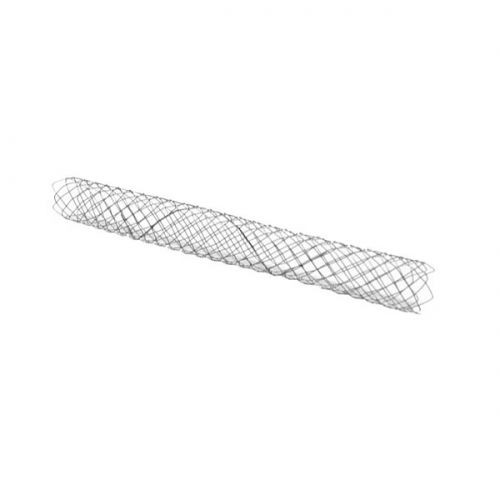Brain Stents May Harm Stroke Patients

Inserting a stent -a tiny metal device - into a brain artery to improve blood flow and prevent a second stroke might do more harm than good in some patients, according to research published Wednesday in the New England Journal of Medicine.
The failure even prompted researchers to stop enrollment in April, 2011 because of safety concerns regarding the risk of stroke or death.
Stroke patients who were treated with medicine and a brain stent had more than twice the rate of strokes and death compared with those treated with medicine alone, according to the research. These results were observed within 30 days after surgery.
Researchers were disappointed because they had hoped that the use of stents would help patients. However, they also said that it was better to find out now before the use of stents became a standard medical practice in the United States.
The stents also known as Wingspan Stent System are manufactured by Boston Scientific Corporation and the device and its insertion costs around $21,000, according to a report from the New York Times.
The U.S. Food and Drug Administration approved the Wingspan Stent System in 2005 under the Humanitarian Device Exemption, intended to allow medical device companies to show safety and probable benefit for devices designed to treat a defined group of patients who lack treatment alternatives.
As many as 55,000 of the 795,000 strokes that occur each year are caused by blockages in brain arteries, according to the National Institute of Neurological Disorders and Stroke. Most others are caused by bleeding in the brain.
Published by Medicaldaily.com



























